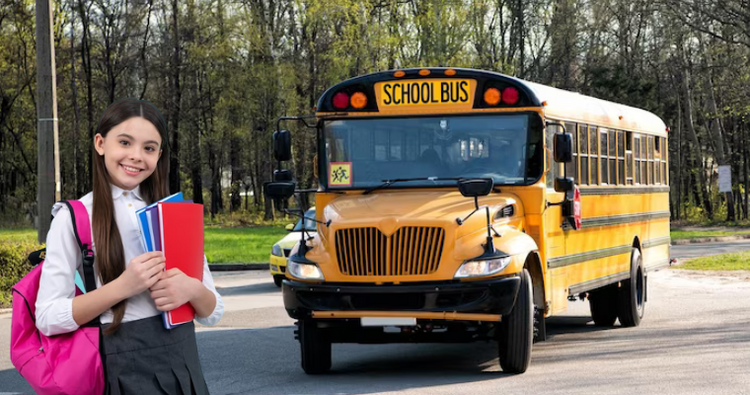School bus travel is more than just a means of transportation; it’s a vehicle that fosters unity, community, and a sense of shared experience among students. The iconic yellow school bus represents not only safe passage but also a journey where friendships are forged and memories are made. In this article, we delve into the essential benefits of school bus travel for students, highlighting how it promotes unity, inclusivity, and a sense of belonging that enriches their educational journey.
Safety in Numbers
School buses provide a secure environment where students travel together under the watchful eye of professional drivers. This safety in numbers approach ensures that students are protected from potential risks and dangers during their commute to and from school. Parents can have peace of mind knowing that their children are under the care of trained professionals, fostering a sense of security within the community.
Community Building
School bus travel creates a microcosm of the school community itself. As students from different grade levels and backgrounds share the same bus, they have the opportunity to interact and build connections that extend beyond the classroom. Friendships are cultivated, bonds are formed, and a sense of camaraderie develops as students journey together each day.
Inclusivity and Accessibility
School bus travel plays a pivotal role in ensuring that education remains accessible to students from all walks of life. It bridges geographical gaps, allowing students from diverse neighborhoods and regions to attend the same school. This inclusivity enriches the educational experience by bringing together individuals with varying perspectives and backgrounds.
Routine and Structure
The routine of school bus travel offers students a structured start and end to their school day. Consistent schedules help students develop time management skills and instill a sense of discipline. Knowing that the school bus will arrive at the same time each day provides a stable routine that contributes to a positive learning environment.
Reduction of Traffic Congestion
The use of school buses contributes to reducing traffic congestion around schools. With fewer private vehicles during peak drop-off and pick-up times, traffic flows more smoothly, enhancing safety for both pedestrians and commuters. This reduction in congestion benefits the entire community and promotes a safer environment.
Independence and Responsibility
For older students, school bus travel offers a taste of independence and responsibility. As they board and disembark from the bus, they learn essential life skills such as punctuality and cooperation with peers. Navigating the bus schedule also teaches them to be accountable for their time management.
Environmental Responsibility
Opting for school bus travel supports environmentally responsible practices. With a single bus serving multiple students, the carbon footprint is significantly reduced compared to individual cars. This teaches students the importance of eco-conscious choices and contributes to a culture of environmental responsibility.
Conclusion
School bus travel is more than just a ride to school; it’s a journey that builds unity, fosters community, and enriches the educational experience for students. With safety, inclusivity, routine, and opportunities for connections, school bus travel nurtures a sense of belonging that extends far beyond the bus ride itself. As students embark on this shared adventure, they learn the values of cooperation, friendship, and responsibility, creating memories that last a lifetime.


